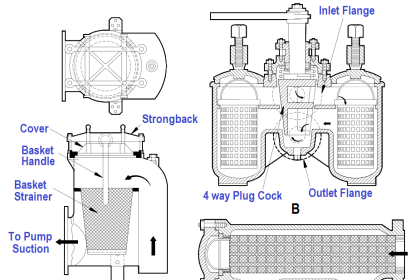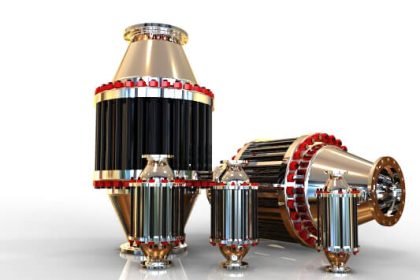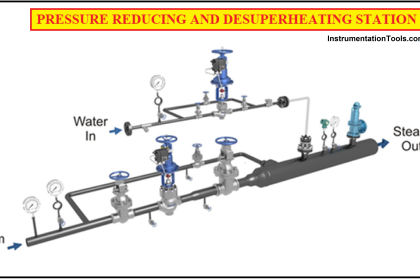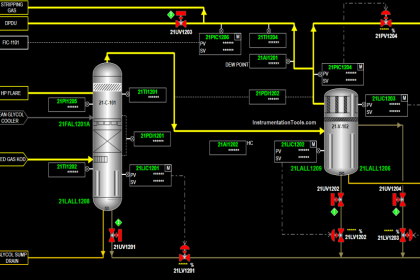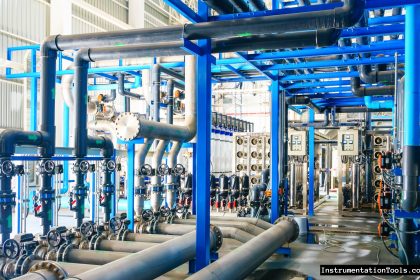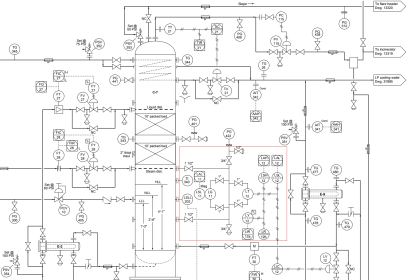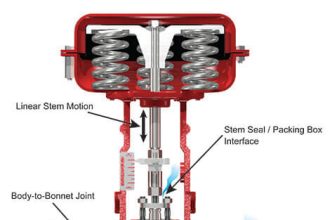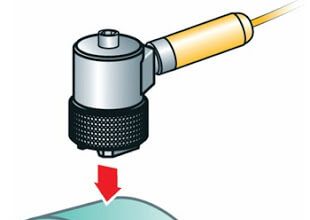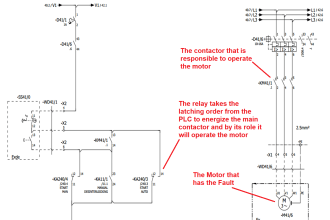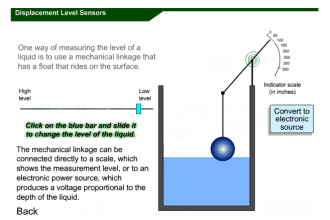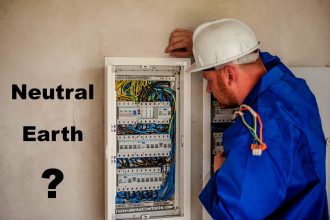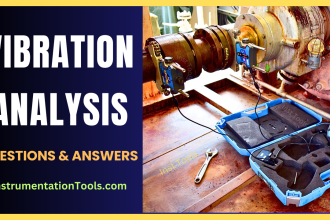A water treatment plant (WTP) is a facility where contaminated water undergoes various processes to improve its quality and make it suitable for specific purposes. These purposes can include drinking, Industrial water usage, and other uses.
Water Treatment Plant
Today in this topic we will discuss about river water treatment for usage of drinking and Fertilizer plant usage. River Water treatment plant includes a few important steps and each step has its own value in terms of purification of water.
These steps are listed below:-
- Screening of water
- Aeration of water
- Plain Sedimentation of water
- Sedimentation with Coagulation
- Filtration of Water
- Disinfection of water
- Softening of water Etc.
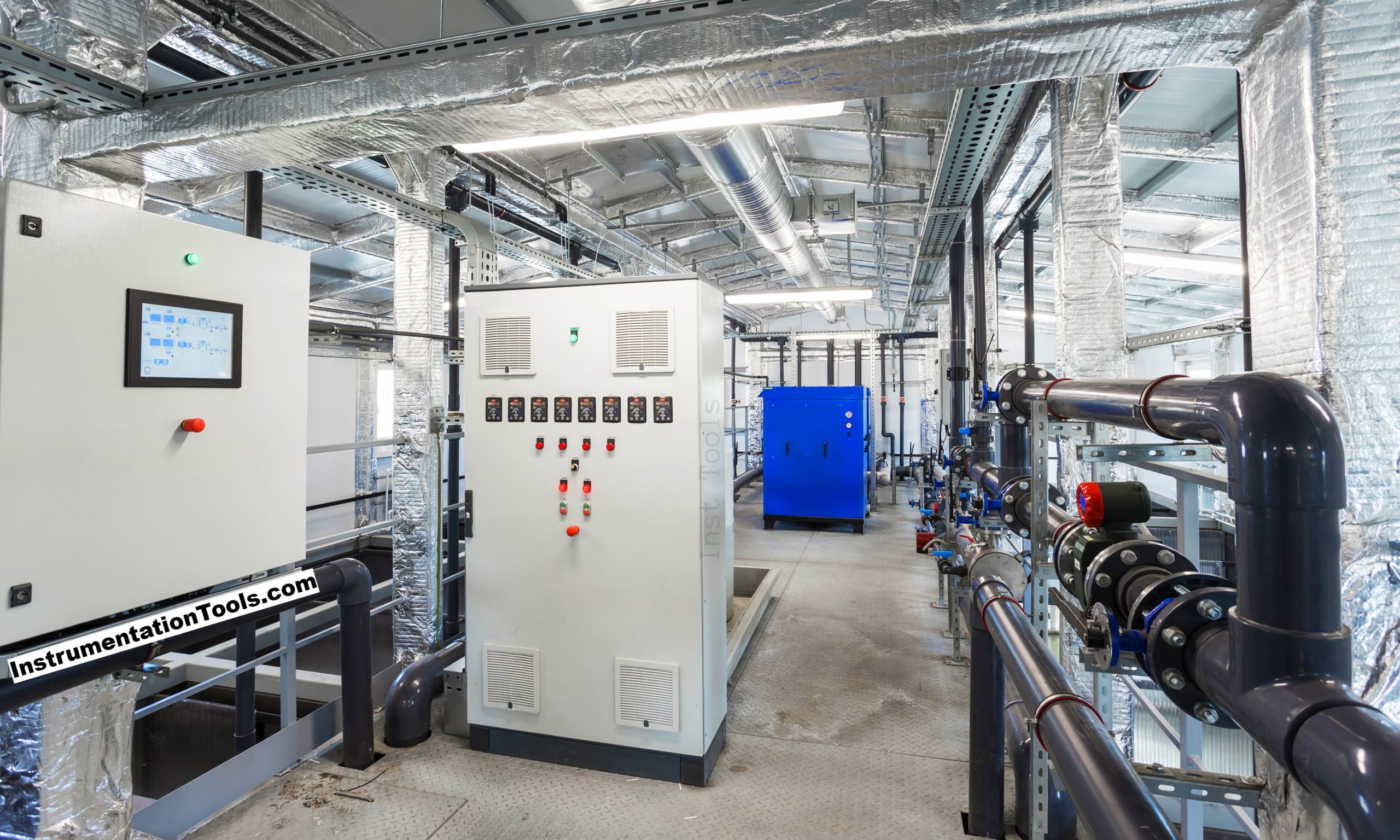
Screening of Water
The screening process is the very first process of filtration of River or Lake water. In this process, we used to segregate solid particles (mostly).To complete this process we used Iron wire nets called Screens for Fine Screening and Iron Bars as net as filters for Coarse filtration. In this process, screens are used to remove the floating matters called Screening.
Usually, these iron screens are placed at some angle to increase the productivity of filters i.e. screens. Generally, these screens are placed at 30-60 degree angles to reduce the velocity of water and increase the cross-sectional area.
The best screening result comes out when water velocity lies between 0.75 meters/sec to 1.0 meters/sec.
In the Coarse screening process, Iron bars are placed together after a certain fixed distance to form an Iron Bar mesh. This mesh is capable of removing floating particle sizes between 25-75 mm.
In Fine screening process, Iron wire are placed together after certain distance to form a Iron wire mesh. And this mesh is capable to remove solid floating particle size lies between 3-10 mm.
Aeration of Water
This is very important treatment process of polluted water. As we knew that clean and drinking water have certain fix dissolved percentage of oxygen in water, which is beneficial for human being ,fishes and all other aquatic living beings.
But due to pollutant this oxygen level goes below to its normal percentage which have very adverse effect on all users. The water treatment process in which we manage to bring water and air to close contact to add sufficient oxygen level called Aeration.
Also aeration bring water and air in close contact to remove different dissolve gases like –Carbon Dioxide etc. In this process in Aeration tank we manage to flow water from upward to downward direction passing by stare like structure by this act water droplet being formed and came in contact of Air and absorb maximum possible Oxygen.
Aeration process oxidizes dissolved metals like –Iron, Hydrogen Sulfide and all volatile organic chemicals. In this treatment process generally we mix microorganisms (such as bacteria and protozoa) in the wastewater. These microorganisms consume organic matter, breaking it down into simpler compounds. The aeration tank provides the necessary oxygen for these microorganisms to thrive and efficient treatment of the wastewater.
Sufficient Oxygen percentage is added in water by Aeration Process.
In water treatment plant, Aeration tank is also named as Activated Sludge tank.
Plain Sedimentation of Water
Plain sedimentation is very important step in water purification process. This filtering step is plays crucial role when we are filtering impure water which containing large suspended impurities.
In large suspended particle impurities it is cost effective approach to segregate these impurities through Plain sedimentation process.
Plain sedimentation process allow water to remain quiescent in tanks and allowing all suspended impurities to settle down in base of tank due to gravity. And after this settlement with drain the sludge and other impurities from the tank.
In Plain sedimentation process water is retained in a basin of sedimentation tank, allowing suspended particles to settle due to gravity.
After settling, water is extracted from the basin without disturbing the suspended impurities.
Uniform rate of flow (continuous flow type) sedimentation tanks are commonly used nowadays for better efficiency of Plant.
For Plain sedimentation process we used simple and effective principle of gravitational force i.e. unchanged particle (Fix shape, size and weight) move vertically downward due to gravitational force. And by this concept we able to segregate Impurities.
In Plain sedimentation, process water inlet speed in sedimentation tank is almost uniform which help in settlement of impurities.
Sedimentation tank is Radial Shape tank which have Inlet water assembly in middle of tank, Sludge Scrapper Arm assembly near bottom at some inclined angle for sludge segregation, sludge drain point at bottom side of tank and Decanting Through assembly at top of tank to overflow the purified water in tank passage for next step of sedimentation.
Here we have to take note one point the all big and heavy particle are segregated in this process but small and little weight particle are still present in water therefore we will send water for next steps of sedimentation treatment.
Sedimentation with Coagulation
To segregate the small size and little weight particle we use simple concept of filtration i.e. to make impurities size Big and heavy to filter them easily. For this purpose we add few chemicals in this water like- Alum Salt, Iron salt or polymers. Most frequent use salt is Alum salt-Aluminum Sulfate.
These chemical salt i.e. Aluminum Sulfate and Iron salt term as Coagulation.
In this sedimentation process similar Sedimentation tank is being used but this time tank Flash Mixer Basin we already mixed Alum salt for purification process.
When Alum salt is mixed with little size and light weight impurities particle if form big size and Heavy weight particle of Impurities called Flocks. And these impurities are easily segregated by sedimentation process.
These chemicals which are used for this process known as Coagulation and have Positive Charge. When these coagulation are added in impure water they react with Negative Charge Particle and Impurities and neutralize them and in outcome we found Flocks. And these heavy particle settle to bottom of tank due to gravity.
Note down one thing that Sedimentation with Coagulation process is capable of removing Organic Impurities (Natural Organic material and Dissolved Organic Carbon. Also this process is capable of removing suspended particle as Inorganic precipitates (e.g. – Iron).
Filtration of Water
Filtration is process of passing water through bed of sands or other granule material to remove the water impurities.
Special filters are used to remove bacteria, unwanted color and bad odor from water.
By using sand filtration technique we are able to remove 95-98 % of water impurities.
In this process an Enclosure tank have a rectangular Air tight chamber. The floor have bed slope of 1 in 100 to 1 in 200 towards central drain.
Filter media is 90-110 cm thick and sand particle size = 0.2-0.3 mm & Copper size = 2-3 mm.
Filter Base material has three layer i.e. first (Top) layer of Sand and second layer of Coarse Sand and last layer of Gravel.
Filter Media Details:
Top Sand Layer thickness = 75-90 cm and sand size= 0.2 – 0.3 mm.
Middle Coarse layer thickness= 30 cm and sand size=0.3-2 mm.
Bottom Gravel layer thickness= 30cm and gravel size= 2-45mm.
In Filtration tank, under drain system is being provided to collect the water from coarse layer of filter and send it for next steps of filtration process.
Disinfection of water
The process of killing the harmful living organisms (Bacteria, Virus etc.) from water and making it to use for drinking and other purpose called Disinfection of water.
We can do water disinfection by two methods:-
- Physical Methods
- Boiling of water
- Ultra Violet Ray Treatment
ll. Chemical Methods
- Chlorination
- Bromine & Iodine Treatment
- Potassium Permanganate Treatment
- Ozone Treatment
- Excess Lime Treatment.
Physical Methods in WTP Plant
The following are the physical methods.
Boiling of Water
In this disinfection method we boil the water at 100 degree centigrade for 15 to 20 minutes. And this process kills all vegetative bacteria from water. This method is good for individual usage and small scale disinfection of water.
Ultra Violet Ray Treatment
In this disinfection method we use specialize UV Lamp or Bulbs that emits UV lights at specific wavelength. These UV light waves have the ability to disrupt the DNA of microorganisms, rendering them inactive.
When water passes through a UV disinfection system, the UV light interacts with the microorganisms present. The energy from the UV rays destroys the genetic material (DNA or RNA) of bacteria, viruses, molds, algae, and other harmful microbes. As a result, these microorganisms are unable to grow or reproduce.
Chemical Methods in WTP Plant
The following are the chemical methods.
Chlorination Treatment
Chlorination method is widely used method for disinfection of water. This method involves addition of Chlorine into water or addition of chlorine compound such as Sodium Hypo chlorite into water.
This method primary purpose to kill harmful Bacteria, Protozoa, Viruses and different other harmful microorganism.
This method primarily prevent the spread of different water borne diseases like Cholera, Typhoid, and Dysentery etc.
This method is most cost effective and effective method for disinfection of water.
Chlorination treatment of water can be done by any stage of water treatment process.
Bromine & Iodine Treatment
This is also very effective disinfection method of water. This method is quite similar to Chlorination method of water disinfection.
In this method we use Bromine compound to disinfect the water i.e. Hypo bromous Acid and Hypo Bromide Ions.
Also in Iodine disinfection method we use compound of Iodine such as Hypoiodous acid and Hypoiodite ions in water.
These Iodine and Bromine compounds also have disinfectant properties, making them effective against bacteria.
Both bromine and iodine can be used as alternative drinking-water disinfectants.
Both Bromine and Iodine offer an additional option for water treatment, especially in situations where chlorine may not be suitable.
Potassium Permanganate Treatment
This method is widely used in water treatment plant to disinfect the water.
Potassium permanganate is widely used in the water treatment industry and acts as a regeneration chemical to remove iron and hydrogen sulfide from well water (Mostly). This treatment process is achieve its objectives by using a Manganese greensand filter.
In this treatment process Potassium permanganate is added in water and after that potassium permanganate dissociates into K⁺ ions and MnO₄⁻ ions. The resultant solution intensely pink to purple due to the presence of MnO₄⁻ ions.
It is an Oxidizing agent and due to this property is able to react with Organic and Inorganic Impurities of water and help in theirs effective removal and making water safe.
Ozone Treatment
This method is very powerful and effective method for water treatment.
Ozone is one of most capable natural Oxidizer agent.
In upper atmosphere ozone is naturally present and filter the harmful Ultraviolet sun rays and protect Earth from different diseases and global warming and other natural disaster.
For Water treatment process Ozone played very significant role for drinking water treatment. Ozone reduces contaminants by utilizing its oxidative power.
In this treatment process when ozone is injected into water, it immediately starts oxidizing and eliminating various contaminants i.e. Microorganism –Bacteria, viruses, andparasites. Metallic contaminants- Iron, Copper, Manganese Etc.
Ozone water treatment process is very versatile and can be used both commercially and in homes.
Excess Lime Treatment
This water process widely used to treat the Specific Hardness and PH of water. This treatment is primarily employed when dealing with magnesium hardness in water. It aims to reduce magnesium levels to prevent issues such as scale deposits in household hot-water heaters. This method main aims to reduce magnesium levels to prevent issues such as scale deposits problem in household hot-water heaters and Household water supply pipeline blockage problem due to scale deposition.
In this treatment process Lime powder (Calcium Hydroxide) is added into water. The Excess lime powder raised the water PH above 10 to 10.6 on PH Scale. And when water PH maintained above 10 then Magnesium Hydro Oxide Impurity is precipitated from Water. And this precipitate can be easily removed then.
If water have high Magnesium hardness then we use Split excess lime treatment method. For industrial purposes more than 80 % of water treatment done by this split method use to remove magnesium from water which Ph is more than 10.6 to 11. This treated water is blended with 20 % of source water after removal magnesium hardness.
Split excess lime treatment offers several benefits, including reducing carbon dioxide requirements for re-carbonation and saving on lime feed.
Softening of Water
This is very crucial process in water treatment plant. After all treatment process our water have some hardness which make it non-usable for domestic usage purposes. Normally hard water contain lot of dissolved Magnesium and Calcium Ions.
These minerals i.e. Calcium and Magnesium can cause issues such as scale buildup in pipes, reduced soap effectiveness, and interference with cleaning agents. And ultimately not useable for domestic use.
There are two most used water softening process i.e.
- Ion Exchange Method,
- Chemical Precipitation Method.
Ion Exchange Method
In method of water softening we use Ion Exchange resin column. In this resin column Sodium ions are used to replace the Calcium and Magnesium Ions. After certain treatment time these resin become saturated with hardness and need regeneration.
Basically in resin regeneration process, we do flushing of these resin which concentrated salt solution to displace hardness ions.
Chemical Precipitation
This is also very efficient and cost effective water softening process. Generally in this process we add Lime (Calcium Hydra Oxide) or combo of Lime and soda Ash (Carbonate Ion) in water. These chemical react with water hardness and form insoluble compounds which can be easily segregated by sedimentation process.
Also in same cases we use Zeolite for treatment of hard water.
Read Next:
- Chemical Dosing System
- What is a Deaerator?
- Reciprocating Compressors
- Electro deionization Plant
- Blowout preventer Principle
